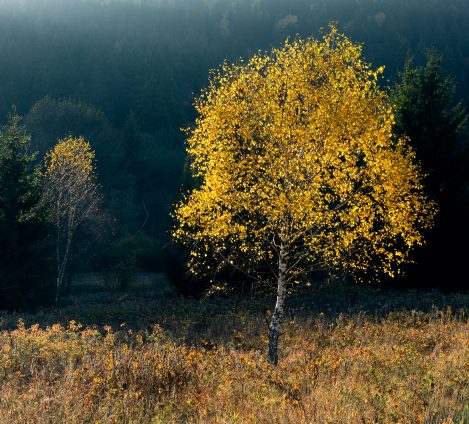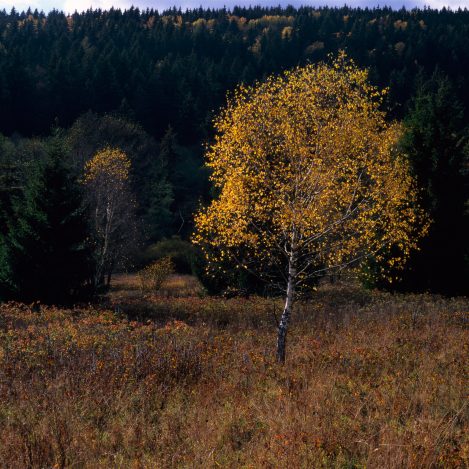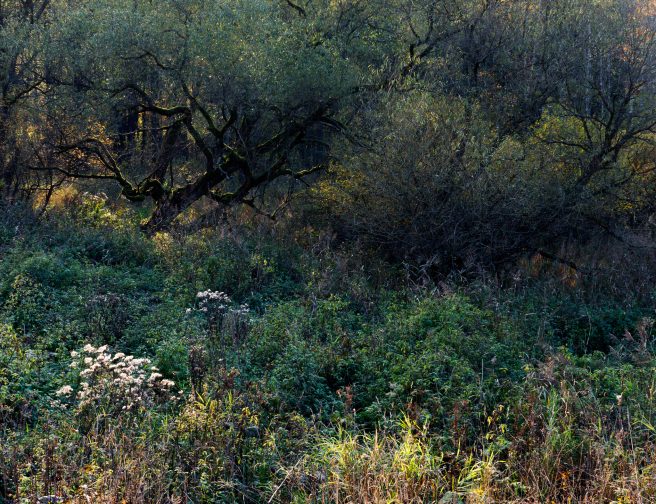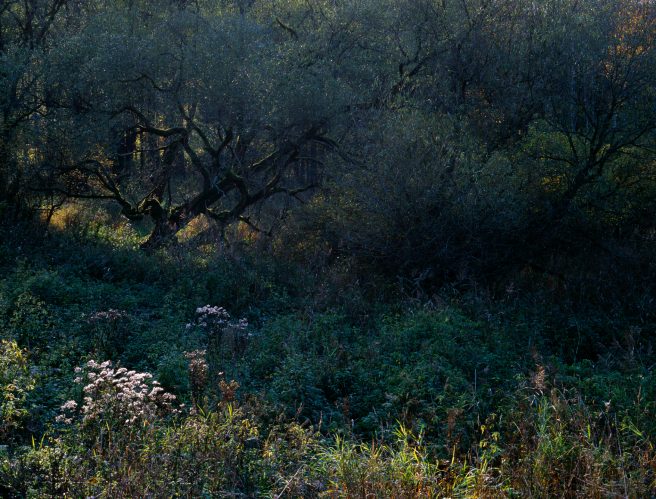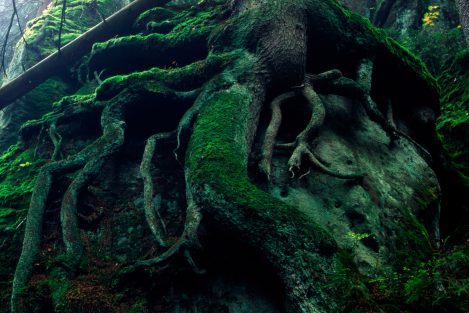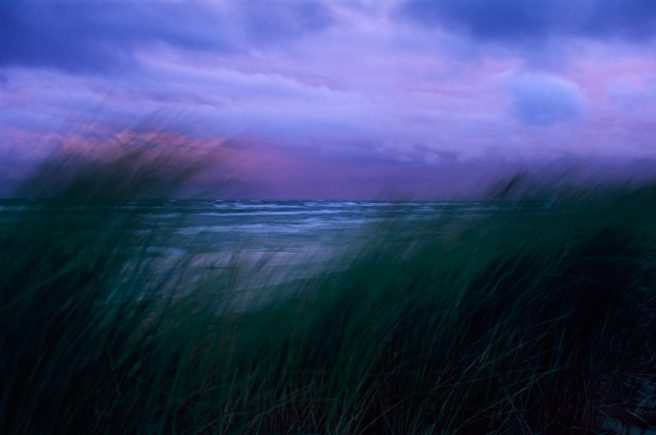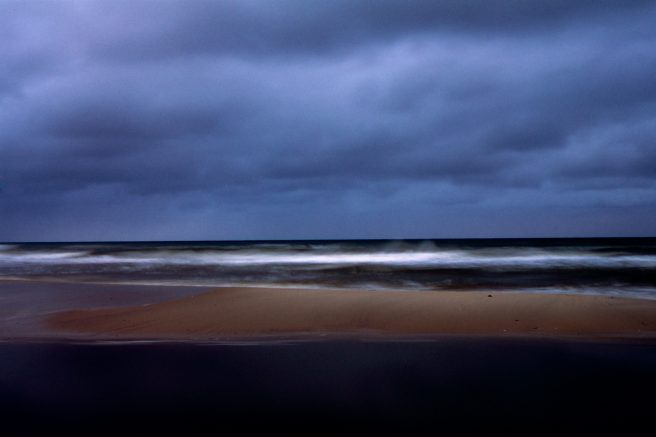My Insights

Przemyslaw Ziemacki
Przemyslaw Ziemacki is a nature photographer and journalist from Klodzko, Poland. He takes landscape as well as wildlife and details photographs. He works mainly in his home area but also has traveled around Europe, especially to take photographs around the Baltic Sea. Three of his photography projects – “Night”, “Seagulls at twilight” and “Quanta of rose and snow” – incorporate artificial light in nature photography.
I started my nature photography in 2006. My first SLR was a Nikon F75, which I still have and use. I started with color negatives and pretty quickly changed for diapositives. However, it was a time when digital cameras became popular, and pretty soon I decided to buy one. It was Nikon D80. For a short period, I used both analogue and digital SLR, but with each photo taken, I preferred the DSLR more. I appreciated the clarity and sharpness it gave. My financial condition allowed me to operate on kit-lenses then and another good reason to rely on DSLR was its better kit lens.
Over time, I bought another DSLRs and lenses, including a full frame body. However, a few years ago (2020, I believe), I was browsing my old photos and I discovered that analog photos may have been a bit less sharpen etc., but had aesthetic (mainly colors) and mood that was much different from the digital ones. It was as easy to notice as there were photos from the period. I used both systems, so I was able to compare similar motives photographed in almost the same conditions. I also realized that the analog look made much better impression on me. Maybe I had to grow up to discover it, while in fact, there was nothing new to discover. I must have known it from the beginning. I was just focused on something else when I bought my first DSLR years earlier.
But in the third decade of XXI century I appreciated the depth, picturesque and smoothness of analog film. I was also curious if it is possible to achieve the same results on DSLR. I suspected that I had done something wrong in post processing. In fact, I did. I learned to do things better, but the result was still different from true analog film. I decided to ask an expert and contacted via e-mail with Jack Dykinga.
His answer was very clear—as I expected—that digital and analog techniques are different, and it is not possible to achieve the same results. He emphasized that he had thought digital cameras were better than analog, so he didn't share my delight.
I decided to come back to analog cameras. From then on, I use both systems again. As for analog cameras, I use Nikon F75 and Pentax 67. Soon after "rediscovering" analog world I noticed that the market for analog films got shorter and shorter, and many films were withdrawn from production. It meant that artists (photographers in particular) were not able to achieve the results their predecessors were. I thought that it was a new situation.
And the situation was non-intuitive while most people probably consider the present day as times of possibilities like no other in the world history. But this is the consequence of mass production and we should realize it.
As for my analog photography I have motives and seasons that I prefer to photograph this way. I also have plans to buy another analog SLR and manual lenses. I can write a few words about the particular photos and their aesthetics I like.
How did you find going back to film?
In two words: very well. I have never been the kind of photographer who takes a thousand images per session, so I did not feel bad about counting frames. I also did not have problems with not being able to watch the results right away. However, even today I sometimes forget which camera I use and I catch myself trying to watch a just taken photo on an analogue camera. It is always a time to smile but without discomfort. As I do not have knowledge of developing slides and I do not have the right place to do this, the thing which makes me feel unsafe is that there are very few reliable and professional photo labs handling the E6 process.
What differences in the work flow did you find?
The entire process of the films isn’t perfect in my case. I scan slides with an old Epson flatbed scanner. I haven’t chosen it. The simple thing is my friend has this scanner and I take advantage of his kindness (by the way, not only scanning, Pentax 67 I mentioned earlier is borrowed from him). I’ve never scanned with a high quality drum scanner. On the computer, I work mostly with Photoshop. I try to follow the rule to postprocess as less as possible to get good (expected) results both in analogue and digital photography. I must emphasize that in most cases I do less operations with scanned slides than with files from digital cameras, especially as for separating colours. This situation has two reasons. Firstly, it means that a lot of digital postprocess is done by the film (chemicals) itself. Secondly, I decide to take an analogue photo only when I evaluate that the particular conditions are optimal. As for digital photography, I’m more open to risk with bad conditions and more work on the computer.
What was it about the analog film you liked?
I am enchanted with its aesthetics or – looking for other words – colours and feel of depth. Many photographers who use analogue cameras say how important it is for them to have physical contact with film and all the analogue equipment, for example, the sound of the sliding mechanism. That’s true, it’s nice, but it’s not my priority. I’ve come back to the old days only because of how photographs are.
Has it made you look at your style and adapt?
Rather not I think but to be more objective it would be good someone else evaluates that as well. I haven’t changed from digital cameras to analogue ones. I use the old technology only in favourable conditions and when I want to photograph motives which I suspect would benefit from the aesthetics of photographic films.
How do you choose which camera to take with you?
It’s always a bit of a problem. It would be nice to have a following set with me: two DSLRs, one with a standard zoom, the other one with a telephoto zoom lens, 35 mm SLR with another standard zoom (unfortunately, my Tamron 24-70 doesn’t fully cooperate with Nikon F75 – the body can’t change the aperture so it’s always f/2.8 - rubbish) and Pentax 67 with two prime lenses.
For example, if it’s windy and I’m going to photograph veratrum and I have low ISO slides loaded, I don’t use the analogue cameras. I act similarly when I’m going to photograph wild animals that I know get active after sunset, because even ISO 800 is too low then, and I don’t use higher ISO on film (I’m not even sure about the availability of such films). Generally, there are subjects that I prefer to do on slides, for example, plants (but not macro). One of my most important series last year was to photograph veratrum leaves during the three – to four-month period when they’re open but before the plant has flowers. I like doing it on DSLRs and I love doing it on slides.
- Nikon F75, Fuji Velvia 50
- Nikon F75, Fuji Provia 100
- Nikon F75, Fuji Velvia 50
- Nikon F75, slide
- Nikon F75, Kodak Portra 800
- Nikon F75, Fuji Provia 100
- Nikon F75, Fuji Provia 100
- Nikon F75, slide
- Nikon F75, Fuji Velvia 50
- Nikon F75, Fuji Velvia 50
- Nikon D7200
- Nikon F75 Fuji Velvia 50 Pziemacki
- Nikon D7200
- Pentax 67, Fuji Velvia 50
- Nikon D7200
- Fuji Velvia 50

